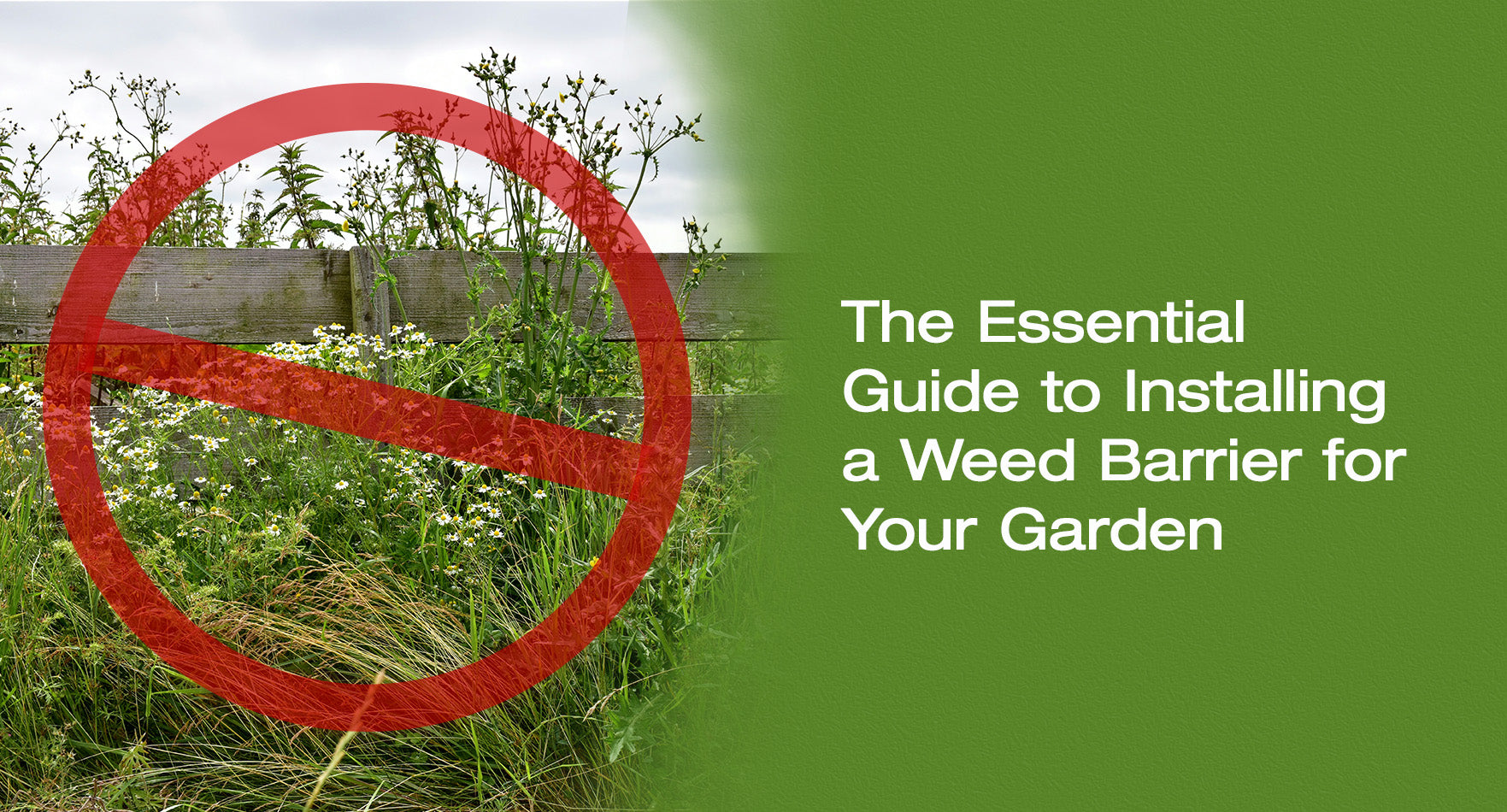Installing a weed barrier in your garden is a proactive approach to prevent unwanted growth and maintain a pristine landscape. This blog post will walk you through the step-by-step process of installing a weed barrier effectively, ensuring your garden remains as low-maintenance as possible while continuing to flourish.
Why Install a Weed Barrier?
A weed barrier, also known as landscape fabric, is crucial for long-term garden maintenance. It suppresses weed growth, reducing the need for chemical herbicides and frequent weeding. By blocking sunlight from reaching the soil, it effectively starves weeds of the light they need to grow, all while allowing water and nutrients to filter through to the soil.
Choosing the Right Weed Barrier
Selecting the right type of weed barrier fabric is essential. Woven fabrics are durable and suitable for under gravel or mulch in flower beds and around trees. Non-woven fabrics, which are lighter and permeable, are ideal for vegetable gardens where soil aeration is key. Make sure the fabric is of a quality that allows air and moisture to pass through while still blocking light.
Step 1: Prepare the Ground
Before laying down the weed barrier, clear the area of all weeds, debris, and stones. It’s important to start with a smooth surface to prevent any future growth and to ensure that the fabric lays flat. If you are working in an existing garden, carefully navigate around your plants.
Step 2: Measure and Cut
Measure the area where you wish to install the barrier and cut your fabric accordingly. It’s advisable to overlap sheets by 5-10 inches to prevent weeds from sneaking through the gaps. If your garden has a complex shape, plan the layout of the fabric pieces to cover the maximum area with the least amount of cutting.
Step 3: Secure the Fabric
Once laid out, secure your weed barrier with landscape staples or garden pegs every few feet. Make sure the fabric is flat against the soil without any ripples or pockets that could collect water or allow weeds to breach the barrier. In windy areas, securing the edges is particularly crucial to keep the fabric in place.
Step 4: Cut X’s for Plants
If you are installing the fabric in a vegetable garden or around existing plants, use scissors to cut X-shaped slits in the fabric. Fold back the flaps and plant your seeds or seedlings, then fold the flaps back to ensure the fabric lies close to the base of each plant.
Step 5: Cover with Mulch or Gravel
Cover the weed barrier with a layer of mulch or gravel to protect it from UV rays, which can degrade the fabric over time. This covering also adds aesthetic appeal to your garden. Choose a material that complements the overall design of your landscape.
Conclusion: Maintenance and Longevity
Once installed, a weed barrier can last for several years, depending on the material quality and environmental conditions. Regularly check the edges and overlaps to ensure they remain secure and continue to block weed growth effectively. With this simple installation, your garden will not only look better but also require significantly less effort to maintain.
Installing a weed barrier is a straightforward yet effective way to enhance the health and appearance of your garden. By following these steps, you can enjoy a beautiful, weed-free outdoor space for years to come.










